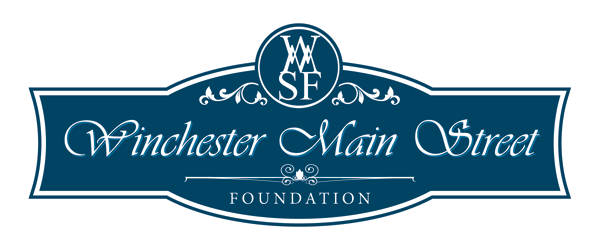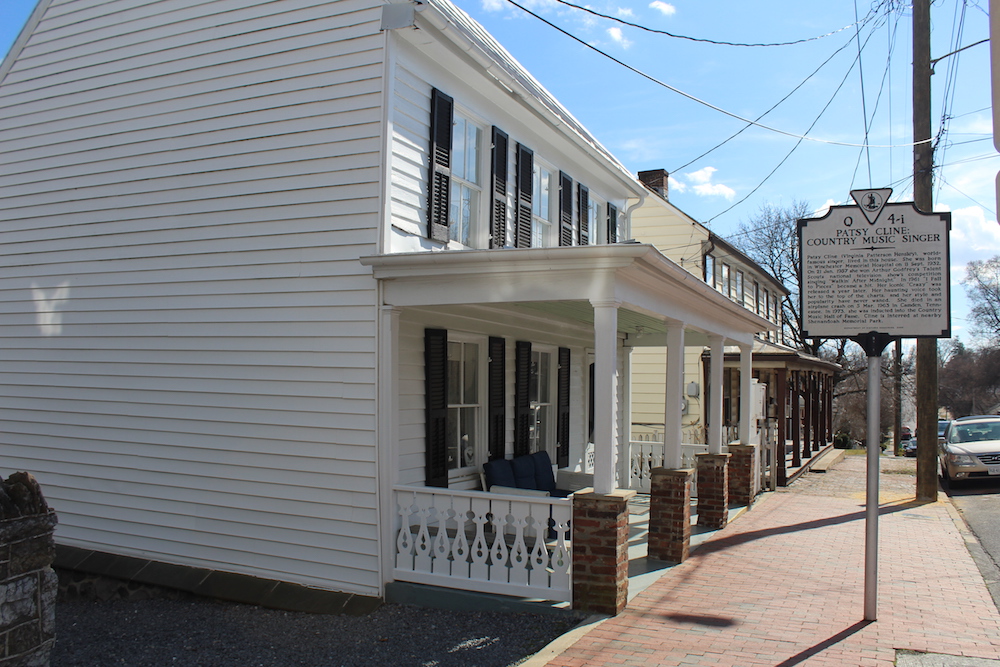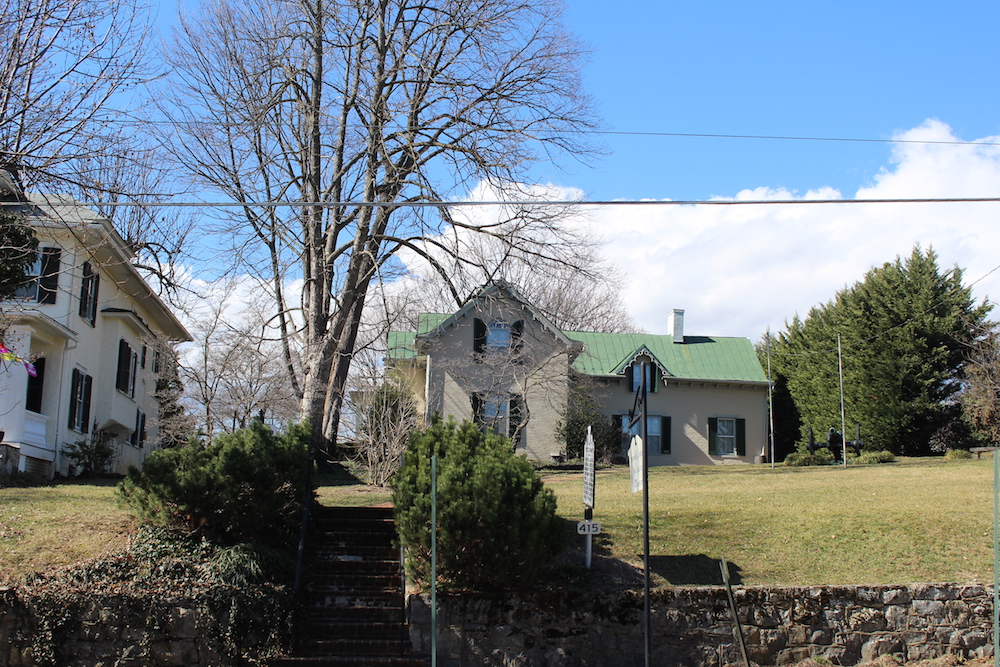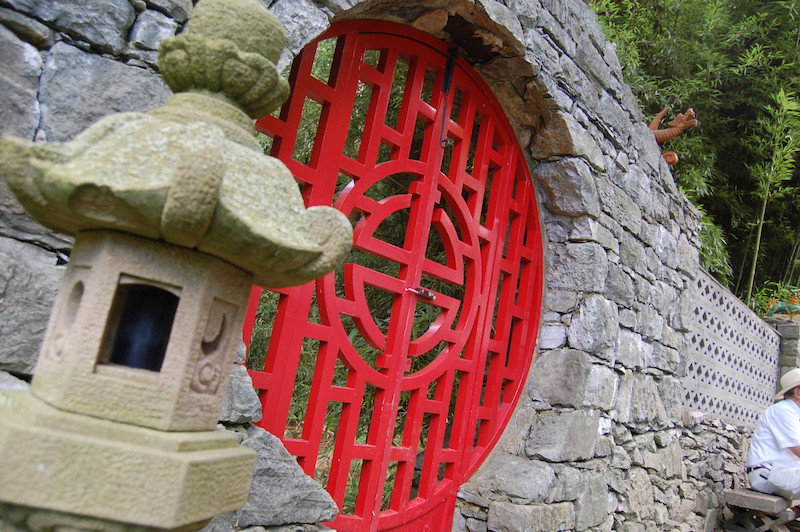About Winchester
When European settlers arrived in the Shenandoah Valley around 1729, the Shawnee were the principal occupants in the area around Winchester. During the first decade of white settlement, the Valley was also a conduit and battleground in a bloody intertribal war between the Seneca and allied Algonquian Lenape from the north, and their distant traditional enemies, the Siouan Catawba in the Carolinas.
The settlement of Winchester began as early as 1729 when Quakers such as Abraham Hollingsworth migrated up (south) the Great Valley along the long-traveled Indian Path (later called the Great Wagon Road by the colonists) from Pennsylvania. He and others began to homestead on old Shawnee campgrounds. Tradition holds that the Quakers purchased several tracts on Apple-pie Ridge from the natives, who did not disturb those settlements.
The first German settler appears to have been Jost Hite in 1732, who brought ten other families, including some Scots-Irish. Though Virginia was an Anglican colony, Governor William Gooch had a tolerant policy on religion. The availability of land grants brought in many religious families, who were often given 50-acre (200,000 m2) plots through the sponsorship of fellow-religious grant purchasers and speculators. As a result, the Winchester area became home to some of the oldest Presbyterian, Quaker, Lutheran, and Anglican churches in the valley. The first Lutheran worship was established by Rev. John Casper Stoever, Jr., and Alexander Ross established Hopewell Meeting for the Quakers, located on Piccadilly and Braddock St. By 1736, Scots-Irish built the Opequon Presbyterian Church in Kernstown.
Hessian soldiers were known to walk to the high ridge north and west of town, where they could purchase and eat apple pies made by the Quakers.
The ridge became affectionately known as Apple Pie Ridge. The Ridge Road built before 1751 leading north from town was renamed Apple Pie Ridge Road. The local farmers found a booming business in feeding the Virginia Militia and fledgling volunteer American army.
Winchester was a key strategic position for the Confederate States Army during the war. It was an important operational objective in Gen Joseph E. Johnston’s and Col Thomas J. “Stonewall” Jackson’s defense of the Shenandoah Valley in 1861, Jackson’s Valley Campaign of 1862, the Gettysburg Campaign of 1863, and the Valley Campaigns of 1864. Including minor cavalry raids and patrols, and occasional reconnaissances, historians claim that Winchester changed hands as many as 72 times, and 13 times in one day. Battles raged along Main Street at different points in the war. Both Union General Sheridan and Stonewall Jackson located their headquarters just one block apart at various times.
In 2012, the Old Town Development Board worked together to develop a walkable three-block section of downtown Loudoun Street, a popular pedestrian mall, featuring a water fountain, new trees, sitting areas and a park-like feel with many boutique shops and cafes. The street was paved with brick, slate and landscaped in Jan-April 2013. Members of the planning committee included Board, Exec. Dir. Karen Helm, Chairman Kimberly Sowers, and David Smith, along with Directors Stan Corneal, Marilyn Finnemore, Cory Garmin, Brenda Adams, Kim Burke, Scott Dawson, Ben Weber, and Rick McClendon, and as well as Dave Spence, Design Committee Chair and Perry Eisenach (City Engineer) and many others.
Enjoy the historical and recreational attractions that Winchester has to offer:
- Abram’s Delight
- The George Washington Hotel
- George Washington’s Office Museum
- Handley Regional Library
- Jim Barnett Park
- Mount Hebron Cemetery
- Museum of the Shenandoah Valley
- Old Court House Civil War Museum / 1840 Frederick County Court House
- Patsy Cline Historic House
- Shenandoah Valley Discovery Museum
- Stonewall Jackson’s Headquarters
- Winchester-Frederick County Convention & Visitor’s Bureau
The Winchester Main Street Foundation supports the following nonprofit organizations:
























